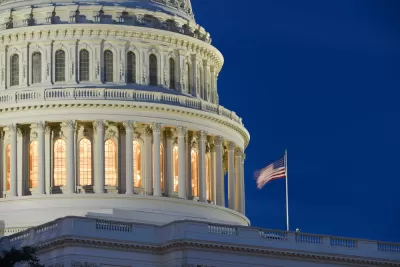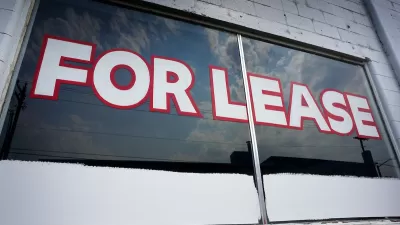An op-ed written by Senator Elizabeth Warren (D-Massachusetts) details Democrats’ recent track record of large-scale capital investments and calls for more.

Leading up to last week’s midterm elections, it seemed like Democrats in power in Washington, D.C. for the past two years hadn’t really received credit commensurate to the investments in infrastructure, the environment, and the social safety net implemented earned by approving laws like the American Rescue Plan, Infrastructure Investment and Jobs Act, and the Inflation Reduction Act.
With the surprising success of the Democrats in the election, at least one leading figure in the party is crediting the willingness to invest as part of the electoral success and a key to electoral success in the future.
“For each of the president’s decisions, the punditry was relentless, but the American people — Democrats, independents and Republicans — validated the president’s agenda with their votes. Passing the American Rescue Plan coincided with the president’s highest approval ratings. The national media heralded passage of the Inflation Reduction Act as the best stretch of the Biden presidency and his approval ratings jumped,” writes Senator Warren in an op-ed for the Washington Post.
After the listing the accomplishments of the past two years, Senator Warren lays out an agenda for the next two, including in this to-do list a call to lower housing costs by increasing housing supply. Senator Warren is calling for nothing short of the reformation of the status quo in city and regional planning already underway in numerous cities and states, where the politics of local land use and transportation planning have shifted to include numerous new laws that will increase Missing Middle Housing in previously exclusionary single-family neighborhoods and decrease the reliance on arbitrary, but ubiquitous, parking requirements.
FULL STORY: Elizabeth Warren: Democrats Just Held the Senate. Here’s What We Do Next.

Maui's Vacation Rental Debate Turns Ugly
Verbal attacks, misinformation campaigns and fistfights plague a high-stakes debate to convert thousands of vacation rentals into long-term housing.

Planetizen Federal Action Tracker
A weekly monitor of how Trump’s orders and actions are impacting planners and planning in America.

Chicago’s Ghost Rails
Just beneath the surface of the modern city lie the remnants of its expansive early 20th-century streetcar system.

Bend, Oregon Zoning Reforms Prioritize Small-Scale Housing
The city altered its zoning code to allow multi-family housing and eliminated parking mandates citywide.

Amtrak Cutting Jobs, Funding to High-Speed Rail
The agency plans to cut 10 percent of its workforce and has confirmed it will not fund new high-speed rail projects.

LA Denies Basic Services to Unhoused Residents
The city has repeatedly failed to respond to requests for trash pickup at encampment sites, and eliminated a program that provided mobile showers and toilets.
Urban Design for Planners 1: Software Tools
This six-course series explores essential urban design concepts using open source software and equips planners with the tools they need to participate fully in the urban design process.
Planning for Universal Design
Learn the tools for implementing Universal Design in planning regulations.
planning NEXT
Appalachian Highlands Housing Partners
Mpact (founded as Rail~Volution)
City of Camden Redevelopment Agency
City of Astoria
City of Portland
City of Laramie





























